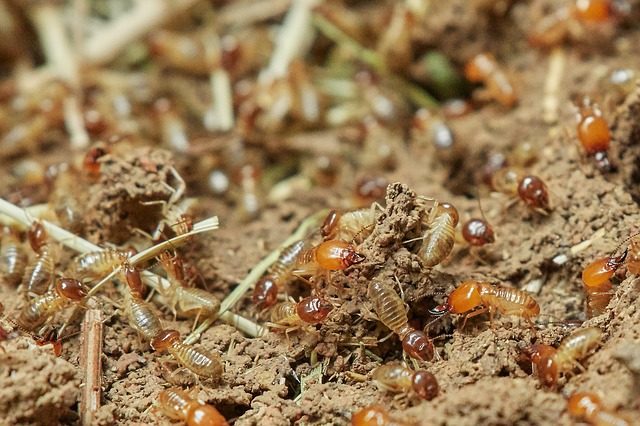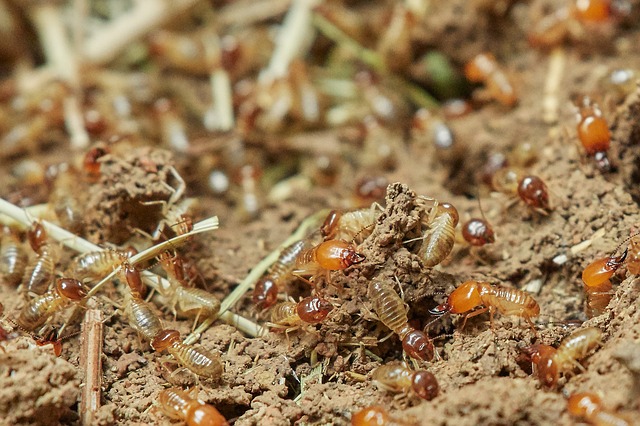
Termites can sometimes reside in your estate or inside your home for a longer period of time before being identified. If it is dry wood termites, which lay eggs deep into wooden buildings, or subterranean termites, which are mainly located underwater, these covert intruders can be hard to detect until substantial harm has already been done. The instance you detect them, though, you should work to get rid of them immediately.
There are plenty of local termite extermination services. All you have to do is search up the name of your area and you’ll find a long list full of options. For example, if you live in Spokane, type in “spokane termite control” into the search engine and you will have a list ready to go!
Now, here are some ways through which you can identify a termite infestation!
Look for their wings!
Termite swarms can collect/gather within or outside the home as adult termites leave the nest to establish new nests. Soon after the swarmers have taken off, they lose their wings. You can find tiny piles of wings in spider webs and on the surfaces around the base of your house, like window sills.
What season is it?
Swarmers from established clusters typically reach adulthood at one of two times a year, in the spring or during the autumn. The precise timing of the swarms varies depending on the species and environmental conditions. Swarms on the outside of a house can be overlooked by residents, since they are normally a fleeting occurrence in the morning or afternoon, a period when other people are not at home.
Spot drywood termites
Drywood termites are commonly found in dry, southern climates. They build their habitats in the wood they feast on. As the termites eat wood, they burrow labyrinths of tunnels and chambers inside walls and furniture. The pests leave tiny deposits of feces that mimic pellets where they have fed or nestled.
Drywood termites also trigger drooping floors, walls, and roofs, and may end up leaving areas where water appears to be damaged. When winged drywood termites invade, their wings are shed and can be found in small piles in the infested house. Such wings look like shark fins and are easy to spot.
Drywood termites also leave behind bottles or drops after eating wood. These tiny fecal mounds also reveal a local termite infestation.
Spot subterranean termites
Subterranean termites are prevalent throughout the United States of America. These pests build their nests underground and may fly through the ground to reach food sources. We penetrate homes from broken or unsealed walls, as well as through tubes consisting of dirt, manure and saliva. These tunnels appear gray, dusty, and cylindrical.
The emergence of these passages in the basement of your home is a sure indication of subterranean termite infestation. Like drywood termites, subterranean termites develop winged swarms that signify an active termite colony.
The bottom line
Note, these indications may only become apparent after months or even years of the existence of termites. The only way to protect your house from serious structural damage is to get your house inspected by a certified termite specialist. Such specialists are qualified to detect even the most inconspicuous signs of termite behavior, potentially saving you a lot of cash!
Note:
Homeinside.net is providing an opportunity to provide guest posts on its platform. If you have good writing skills or want to contribute on some good topics like Write for us Home Decor, Home Improvement, Home Renovation Ideas, House Designs Plans, Kitchen, Home Office, Remodeling, Bathroom, Plumbing, Interior Design, Architecture, Real Estate, Bedroom, Solar, Furniture, Maintenance, Walls, DIY, gardening then you are on the right side.
Home Improvement Guest Post Blog




